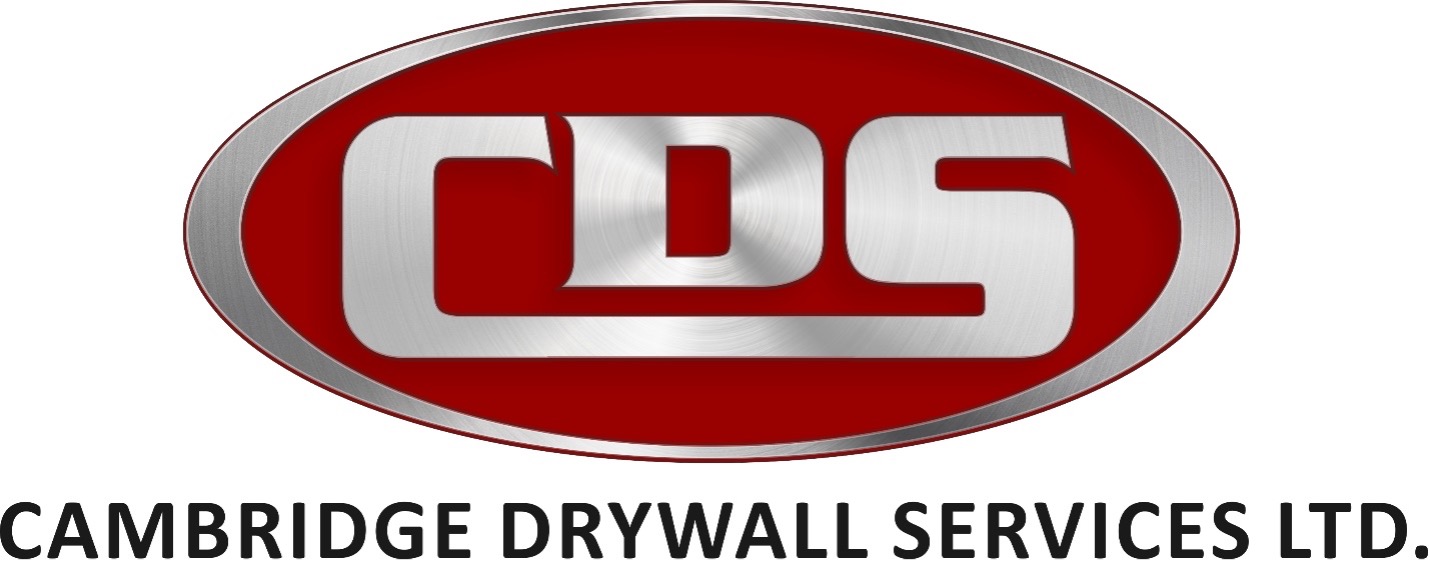
From Concept to Completion: Navigating the Drywall Installation Process
Drywall installation is a critical component of any construction or renovation project, serving as the foundation for interior walls and ceilings. From the initial planning stages to the final finishing touches, understanding the drywall installation process is essential for ensuring a successful outcome. In this blog, we’ll take a comprehensive look at the journey from concept to completion when it comes to drywall installation.
Understanding the Scope
Before beginning any drywall installation, it’s crucial to understand the project’s scope clearly. This involves defining the space dimensions, recognizing special requirements or challenges, and setting a completion timeline. Collaboration with architects, contractors, and stakeholders ensures thorough consideration and resolution of all project aspects.
Preparation and Planning
Once establishing the project scope, the subsequent step involves preparation and planning. This includes gathering necessary materials like drywall sheets, joint compound, tape, screws, and tools. Precise measurement and layout become crucial at this stage to ensure correct and efficient drywall installation.
Installation Process
With the preparation phase complete, it’s time to move on to the installation process itself. This typically begins with hanging the drywall sheets, which involves attaching them to the framing of the walls and ceilings using screws or nails. Care must be taken to ensure that the drywall is properly aligned and secured to prevent sagging or uneven surfaces.
Once the drywall sheets are in place, the next step is taping and finishing. This involves applying joint compound and tape to the seams between the drywall sheets to create a smooth, seamless surface. Skilled craftsmanship is essential during this phase to achieve professional-looking results.
Quality Assurance and Inspection
Following the completion of the installation, it’s crucial to conduct a comprehensive quality assurance and inspection process to confirm compliance with required standards. This entails checking for imperfections or defects in the drywall and ensuring proper taping and finishing of all seams. Prompt resolution of identified issues is necessary to prevent potential escalation into more significant problems later on.
Final Touches
Once the drywall installation has been inspected and approved, the final touches can be applied. This may include sanding down any rough spots or imperfections, priming the surface for painting, and adding any decorative finishes or textures as desired. Attention to detail during this phase is crucial for achieving a polished, professional result that meets the client’s expectations.
Conclusion
In conclusion, navigating the drywall installation process requires careful planning, preparation, and execution. By understanding the key steps involved and working closely with experienced professionals, you can ensure that your project is completed on time, within budget, and to the highest standards of quality.
Frequently Asked Questions (FAQs)
1. How long does the drywall installation process typically take?
Answer: The duration of the drywall installation process can vary depending on several factors, including the size and complexity of the project, the availability of materials, and the skill level of the installation team. In general, a standard-sized room can take anywhere from a few days to a week to complete, including the hanging, taping, finishing, and drying stages.
2. What are the key steps involved in the drywall installation process?
Answer: The drywall installation process typically involves several key steps, including:
Preparation: This includes measuring and cutting drywall sheets to fit the desired area, as well as preparing the space for installation.
Hanging: Attaching the drywall sheets to the framing of the walls and ceilings using screws or nails.
Taping and Finishing: Applying joint compound and tape to the seams between the drywall sheets to create a smooth, seamless surface.
Quality Assurance: Conducting a thorough inspection to ensure that the installation meets the necessary standards of quality.
Final Touches: Sanding, priming, and adding any decorative finishes or textures as desired to complete the project.
3. What are some common issues that can arise during drywall installation?
Answer: Some common issues that can arise during drywall installation include uneven seams, bulging or sagging drywall, and cracks or gaps in the finished surface. These issues can often be addressed through proper planning, careful execution, and attention to detail throughout the installation process.
